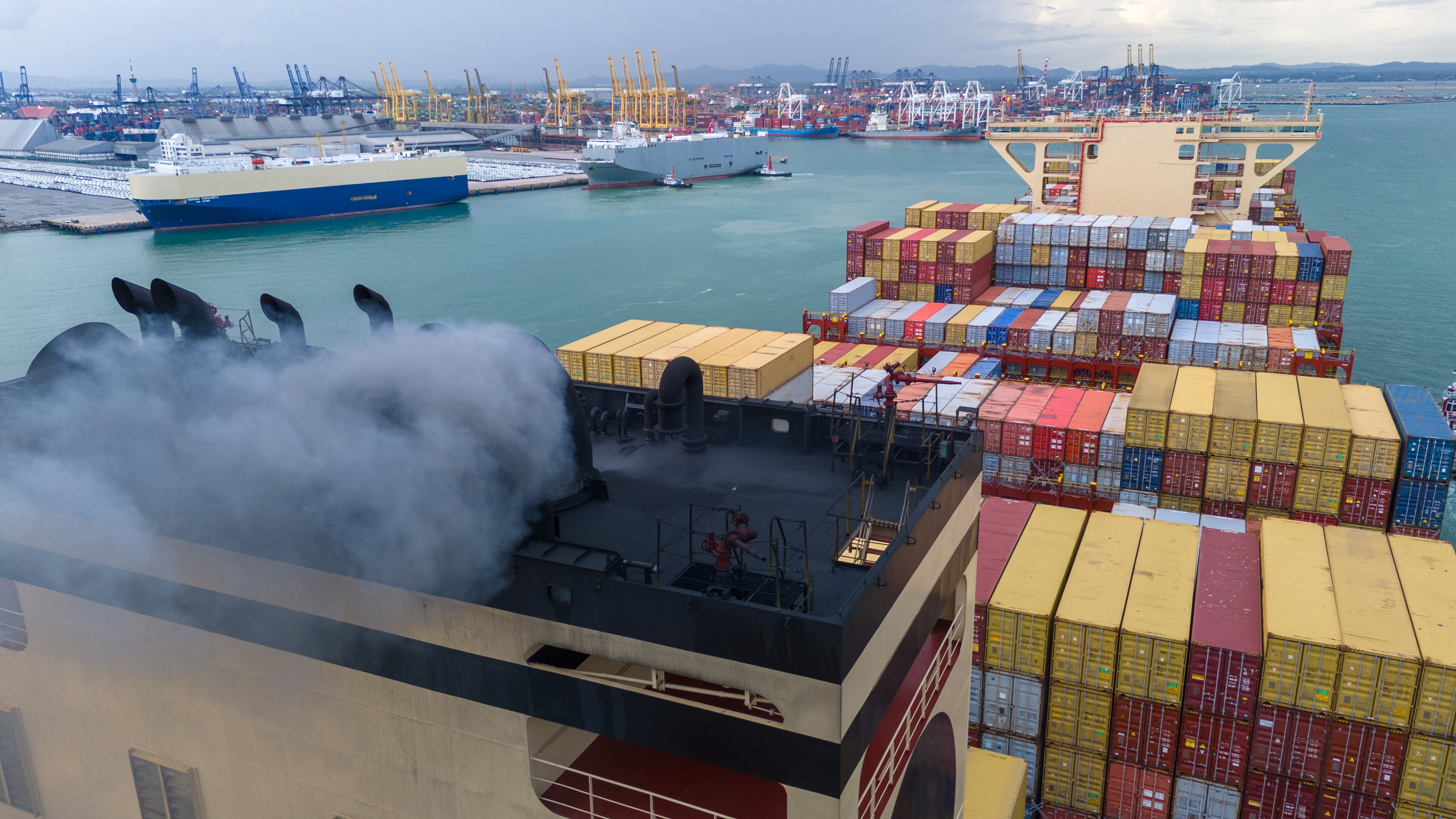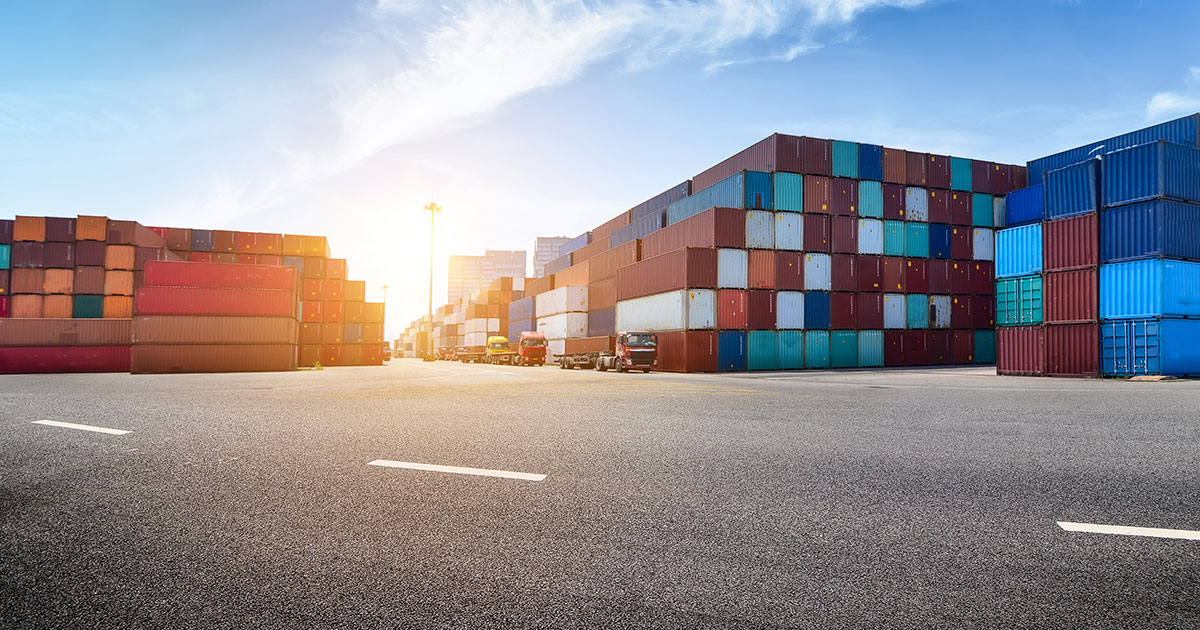
On the 28th February 2022, the most extensive outbreak of Covid 19 in two years hit the city of Shanghai. Initially, it was believed that the city wouldn’t go into lockdown as it would have a huge impact on China’s economy, however on March 28th, China enforced an “area-separated and batch separated control”. Chinese authorities reacted with a hard line of a zero-Covid policy with large-scale testing and a strict lockdown across Shanghai.
The World Health Organization (The WHO) has commented that the zero-Covid approach is not “sustainable considering the behaviour of the virus” with such an infectious variant.
Despite the zero-Covid policy, the contagiousness of Omicron was a difficult challenge to overcome. Some of the world’s global car manufacturers like Volkswagen AG and Toyota Motor Corp had to close for over two weeks and many other business were affected for far longer.

Business Closures and Closed Loops
As part of this stringent lockdown policy, airways, ports and highways were severely restricted to curb the spread of Coronavirus. Some factories, including one of Apple Inc’s suppliers and one of China’s largest chip manufacturer continued to work during the lockdown by running closed loop set ups which meant the staff stayed on site. However, despite that flexibility, problems with logistics and other parts of distribution chains meant that production and supply were still disrupted.
Increased Transport Costs
Due to the lockdown and localised quarantine curbs, lorry transportation was particularly impacted. This caused increases in prices, huge queues and long delays. Previously the price for a truck to go from Shandong province to Shanghai was 7,000 yuan and according to a source, has jumped to 30,000 yuan. Transport costs were also likely to rise because of the need to work around the delays and lack of access to drivers or difficulty getting to ports. This is on top of the increases caused by Covid-19 in 2020 and 2021 where prices for shipping from Shanghai to the USA almost doubled. It became incredibly challenging for businesses to get a hold of lorries because drivers were often trapped on highways or locked down. One driver reportedly had to live in his vehicle for 7 days after coming from Shanghai. Businesses couldn’t remotely view the transportation of products after Chinese laws changed and data sharing was reduced. Now logistics companies must use satellite imagery and phone calls to monitor activity. During the first lockdown, in 2020, traffic information was available via TomTom and the disruption could easily be analysed outside of China but now the congestion can’t be monitored internationally.
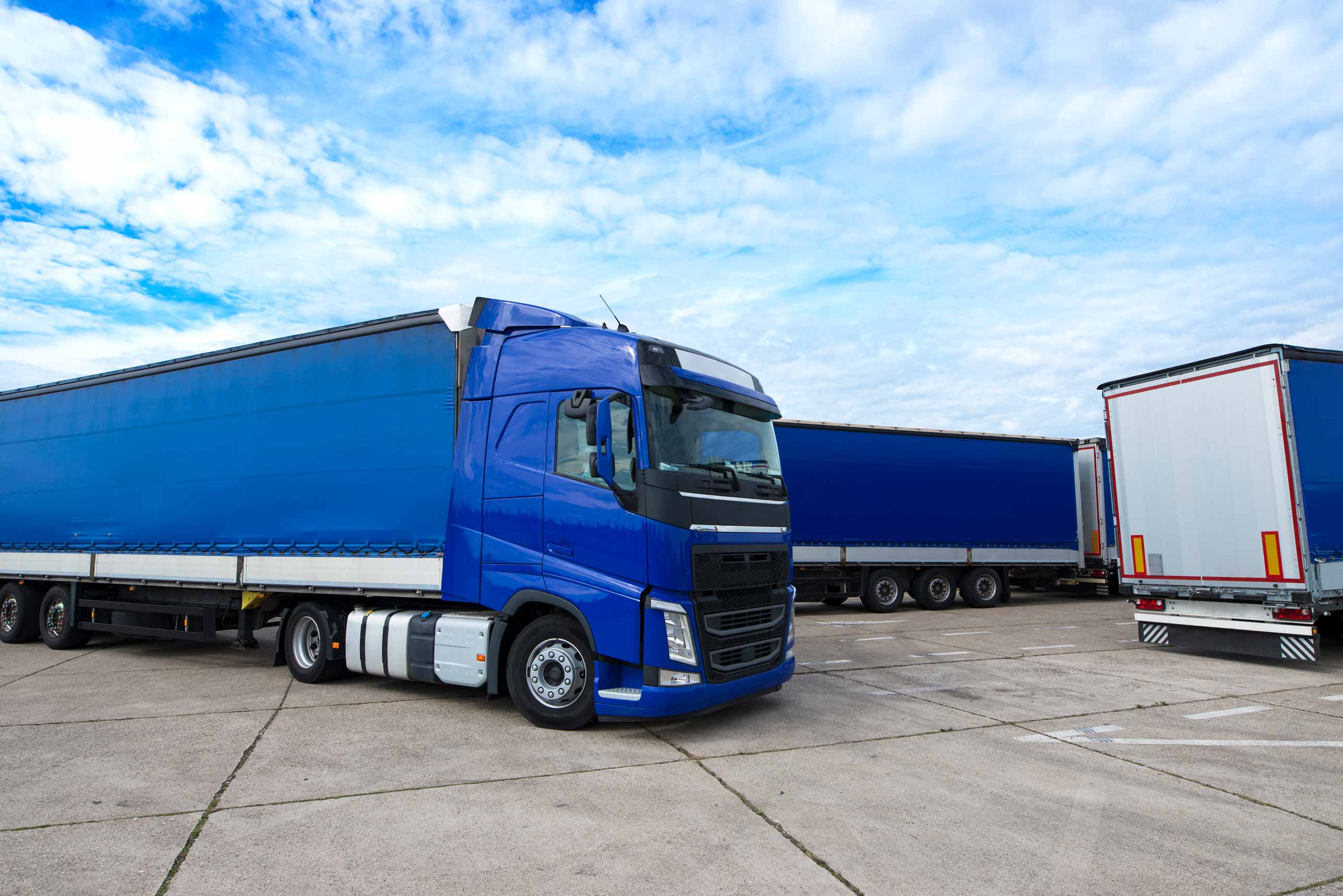
The Effect Outside of China
The European Chamber of Commerce in China shared their worry about the state of businesses and how long the effect will have on businesses and whether another incidence of Covid could worsen things again. China tried to ease the problem by allowing ports and airports to remain open and allowed the closed-loop workers to work and stay in factories but there have been allegations of extreme backups of ships around China, though it is said this is misunderstood from tracking maps, which actually represented any boat in the water, not just the container vessels. Shanghai is the world’s busiest container port with about 43 million TEU’s (twenty-foot equivalent unit – a measurement defining the capacity on container ships for cargo) travelling through it each year. China’s chief economist, Iris Pang has advised that “a problem in China could be a problem for the global economy”.
It is believed that even once the reach of Covid goes down, that the effects will still keep going until the end of the year because of the delays the lockdown has caused. It is likely that problems will last throughout 2022 because even when restrictions have reduced and things go back to normal, the wait for goods and services will greatly intensify for some time yet.
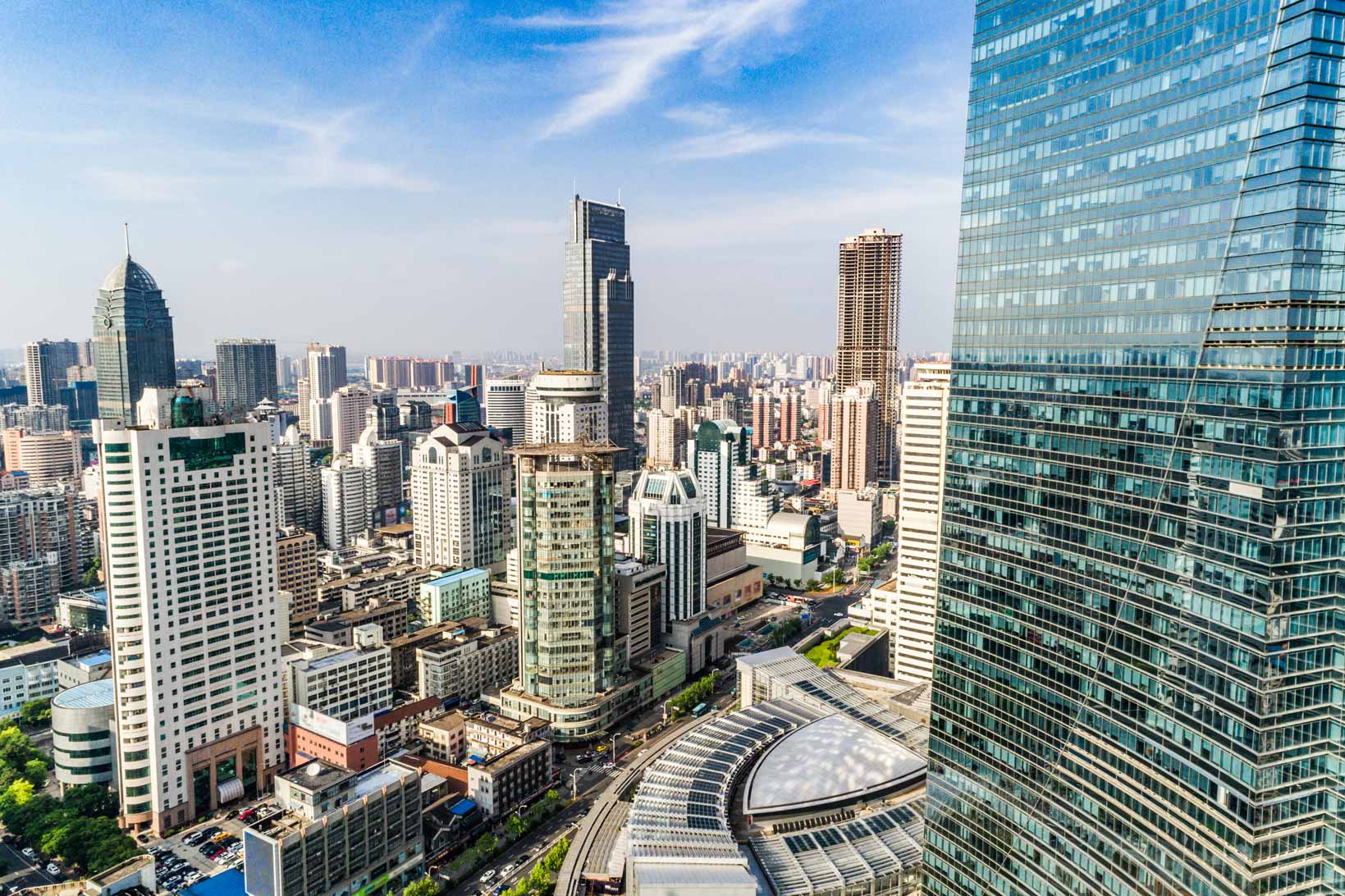
Working Around China
Companies are now looking at changing their shipping routes for business, which could completely change globalisation. Many businesses have had to pass the extra costs the shipping problems have caused them on to the customers, but this isn’t the only issue.
Manufacturers have had huge delays of at least a month in shipping of produce that was in the process of shipment but has been stuck at ports. It's not just shipping that has been affected as airports have also had delays, causing added difficulties. In fact, due to the extreme Covid policy, according to one survey, over 20% of European business respondents were considering moving their business away from China and nearly 80% believed that China was not as attractive for their investments.
After Tesla had been closed for over 22 days, Chinese functionaries helped them complete work needed to open the Shanghai factory during the lockdown. Following which, Tesla wrote a letter sharing their gratitude to the bureaucrats. Whilst other factories were also able to reopen, many struggled with staff numbers due to so many people still being under lockdown and zero-covid regulations. Many also had problems with availability of necessary parts, so production capacity was reduced. Tesla then again had to stop work only three weeks after working so hard to get up and running again because there were so many issues with logistics.
Nearly half of German companies use manufacturing facilities in China and now many are reconsidering this reliance. These organisations are looking to expand where they find their materials from, to prevent future issues. Though Germany isn’t completely reliant on China, there are still some essential products that it is necessary for, which means that Germany can’t suddenly change suppliers, but a change may still come. However, it’s also incredibly important for a sense of harmony to remain with China for a continued positive relationship.
Reduction in Manufacturing Ability
April 2022’s lockdown created the greatest reduction in assembly of Shanghai’s businesses production since 2011. Shanghai creates a significant amount of both vehicle mechanisms for China as a whole, including those for international companies, like Tesla. According to a statement, Toyota alone had to temporarily stop operations on 14 lines at 8 plants in Japan due to the Shanghai lockdown. Car sales in China also reduced over a third, which was the highest decrease in sales in a couple of years.
Pegatron, who supply Apple, had to reduce output because of the Shanghai lockdown. iPhone production was most impacted and over half of Apple’s suppliers were affected by the Covid restrictions. It is believed that restrictions and reduced component availability could have cost Apple up to US$8 billion dollars. Apple’s stock price also plunged a costly 10%, however their shares are still worth over twice what they were a decade ago. In the meantime, Apple has been using chips from the less profitable iPad, in its iPhones to keep sales going. It may be that the issues in China will provide Apple with added motivation to address how much they rely on production in China, as other countries have done.
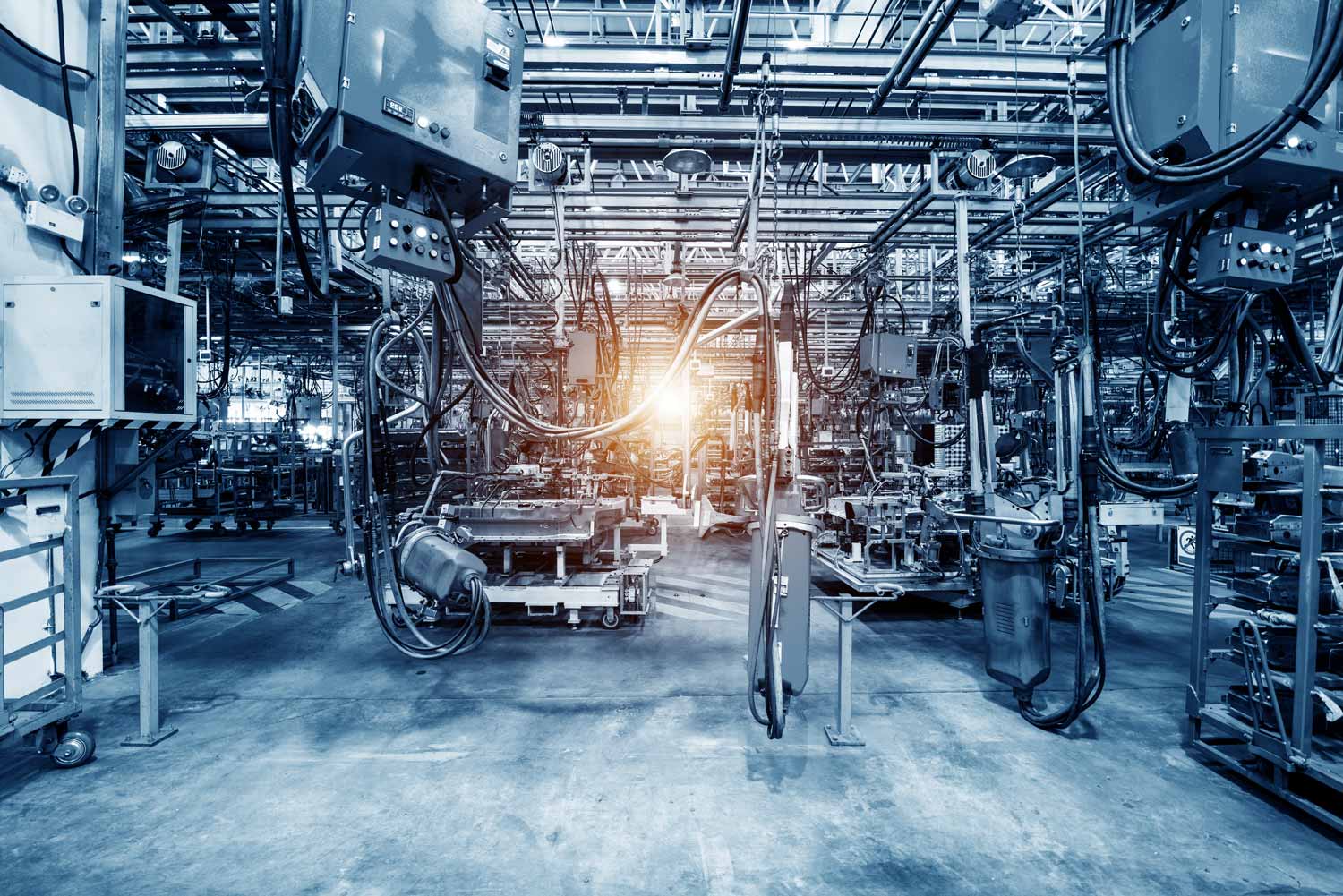
It isn’t just cars and technology that have been affected by the Shanghai lockdown. The meat trade, which is generally thriving, has been severely restricted because of logistics issues. Moving meat in and out of Shanghai and throughout China where there are other lockdowns and restrictions, has become incredibly problematic. China buys more meat than any other country, most of which go to the restaurants of Shanghai. Since the start of 2022, it has become expensive and difficult to move the meat out of the harbour and having enough drivers to move it around has simply not been possible.
Further Lockdowns
It is clear that a new lockdown in a single country can have an entirely global impact. This hasn’t just affected manufacturing of products in China but international manufacturing systems have also halted due to lack of essential supplies from China. The UK alone relies on outside sources for half of its produce. It’s logical that more and more businesses are reconsidering importing products from China due to the most recent lockdown. The impact has been hefty and costly and if another lockdown was enforced, some businesses could struggle greatly to build themselves back up from that.
The Way Forward?
China is the second biggest economic system in the world and it’s likely that the effect from the 2022 lockdowns will take some time before it improves. Supply chain issues are still worsening and areas like supplies of technological goods are still struggling. There are hospitals across the world having difficulties with sourcing of the chemicals that are used in x-ray machines, whilst builders in the USA are awaiting resources and in Vietnam and factories can’t produce simple things like clothes and shoes because they’re still awaiting the provisions from China. However, more car manufacturers are beginning to begin assembly once again, and Shanghai is gradually ending the lockdown throughout the month of June, so improvements will happen but with over 180 companies hit in many different sectors, the question is: how long will recovery take?
